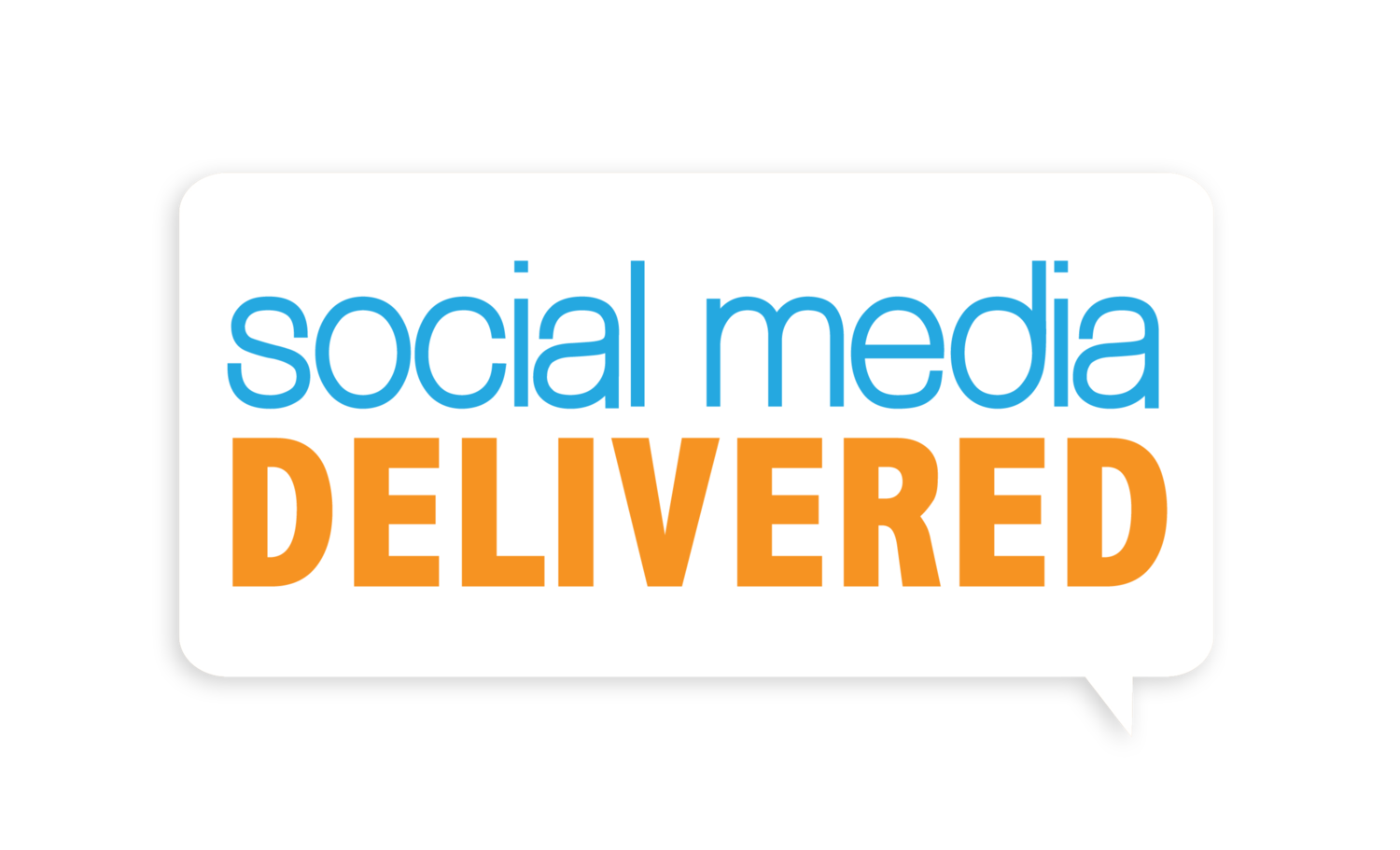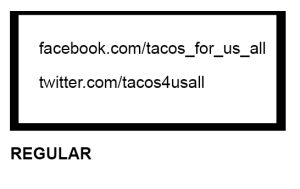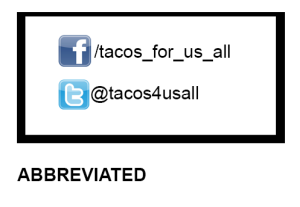How to Create Social Media Business Cards
Talen Williams | @TalenWilliams In this day and age, with several social networking websites both personal and professional, where you can connect with thousands of people with a couple of clicks, you would think there wouldn’t be a need for something as old-fashioned as a business card. And you’d be wrong.
Social media is the best means of connecting with people now, but it isn’t the only means. You’re still going to need to meet with people face-to-face. And in that case, you’ll probably be handing out several business cards to promote either yourself or your business. But that shouldn’t suggest that you shouldn’t push your social networking profiles on your business card. In fact, it is strongly encouraged that you do.
The average business card is 3.5 X 2 inches. Of course you can spring for a larger card size but that may not fly with some of your potential clientele, most people are accustomed to cards that can fit in their wallets. That said, after placing your name and essential contact info (address, phone, email) the space you have to place your social networking profiles on the card is very limited. You may want to post all of your social network profiles in order to connect with the maximum amount of people, but it is a good idea to limit yourself to the two or three social networks you use the most.
When placing your social media links on your business card, it's a good idea to “abbreviate” the links using the logo of the social network instead of typing out the entire URL:
You may be active on several social networking sites, and that's great! The more connected you are, the further your reach. But as stated earlier, the size of a standard business card limits how many social networking links you can put on it. Determining which ones to list may be tricky at first. First and foremost, put the social networks you use constantly, we're talking on a daily basis! Second, use a social network that you feel meets your requirements.
Here are a few things to consider when deciding:
- Use Facebook when you sell products or services to consumers and you're using a business card to promote a product to a mass audience.
- Use Twitter when you're able to write meaningful short tweets on a daily basis and can connect with your clientele personally.
- Use LinkedIn when you offer services exclusively to other business or you're constantly on the hunt for new clients and connections.
- Use YouTube if you create video content regularly to sell products and services and your customers find these videos exciting and informative.
- Use Instagram if you can promote your business through photos.
If your card is single-sided, be mindful of the placement of these icons and links. Keep them together either vertically, as shown above - or horizontally, preferably towards the bottom the card. If your card is meant to promote a recognizable brand, you may use just the logo without posting direct links as a way of indicating that the brand is a part of that social network. If you’re going for the double-sided card, you can dedicate one side to your social networks. This is encouraged if it is crucial to promote your presence on more than two social networks.
If your card is highly detailed, consider changing the color of each social network icon to one unified color that will not clash with the design. And of course, make it legible. If it is vital to promote your presence on social media, the size of that information should match the contact information.
These are but a few tips for promoting your social media presence on your business card. Keep in mind that, like the information on those profiles, your business card is a reflection of yourself. Therefore, feel free to experiment a little when creating your card. If there is space, consider including a QR (Quick Response) code that will link to one of your social media sites. This will allow you to connect with the constantly growing mobile social network.


